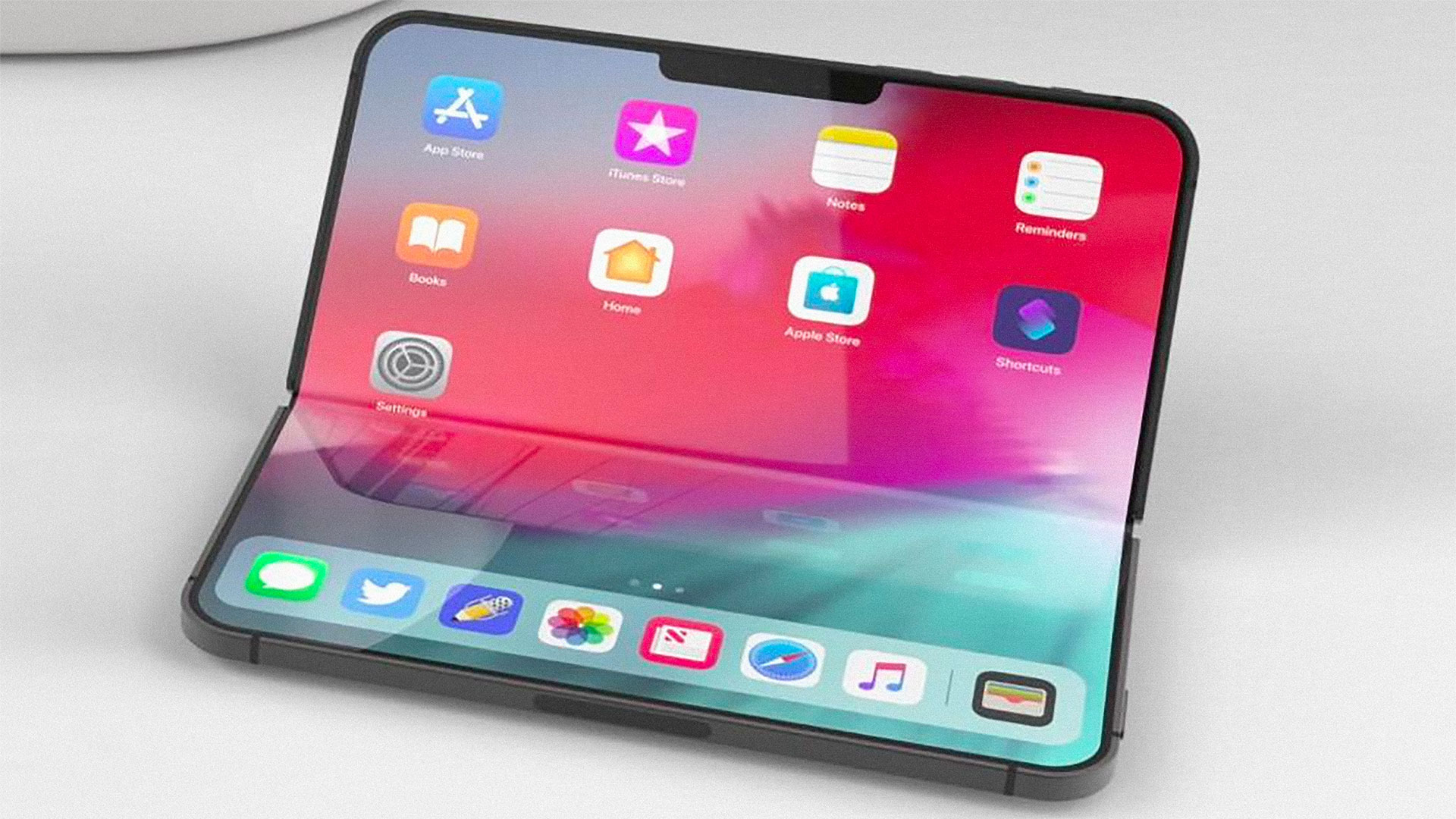
Image credit: EverythingApplePro
A new supply chain report from Korea suggests Apple is developing thinner OLED displays that could be used to make a foldable smartphone in the future. The technology is said to be similar to the displays used in the Samsung Galaxy Z Fold3.
Foldable displays have one inherent constraint — they need to be robust enough to survive the repeated flexure of opening and closing the phones. Display manufacturers have used OLED technology and tried to mitigate the lifespan issues, but progress has been slow.
OLED screens typically operate by stacking layers of specific materials to work, including backlighting, touch, protection, etc. Since the advent of foldable smartphones, display manufacturers have experimented with combining various layers without affecting the overall performance and functioning of the smartphone.
Although companies achieved a reasonable degree of success combining OLED panel layers, the Samsung Galaxy Z Fold3 took an unconventional approach. It slimmed the display down slightly by removing the polarizer layer altogether. The technology was dubbed “Eco Square.” A recent report from The Elec suggests Apple is now following suit by removing the polarizer layer of an in-development display.
Like polarized sunglasses, the polarizer layer of an OLED display only allows lights in specific directions to pass through, while the others are blocked off. This improves the visibility of the display at the cost of its overall brightness. The report notes that companies usually compensate for the reduced brightness by increasing the power consumption of the panels. However, one of the trade-offs is the reduced effective lifespan of the display panel.
Citing supply chain sources, the report says Apple plans to use the display in an upcoming foldable touchscreen device. Rumors about a foldable iPhone in the pipeline continue to circulate, but Apple hasn’t officially hinted at such a device yet.
